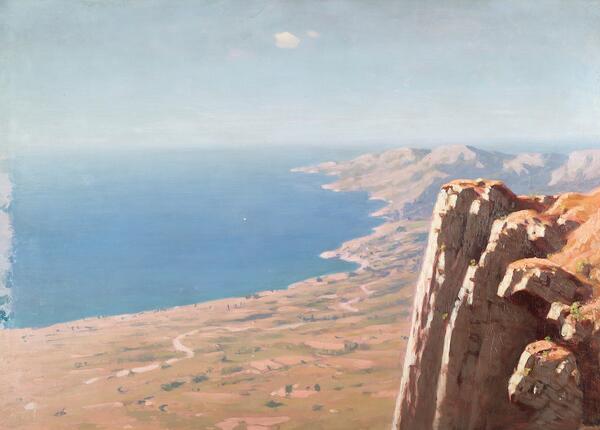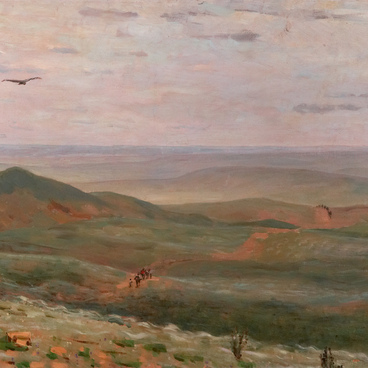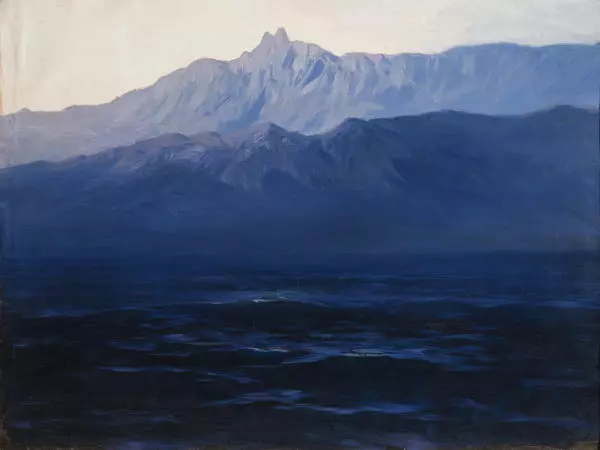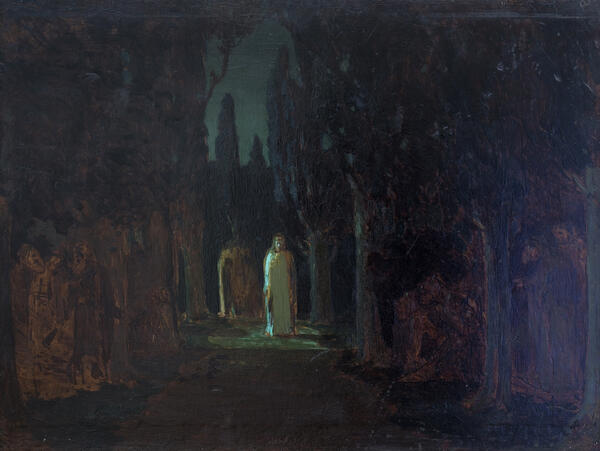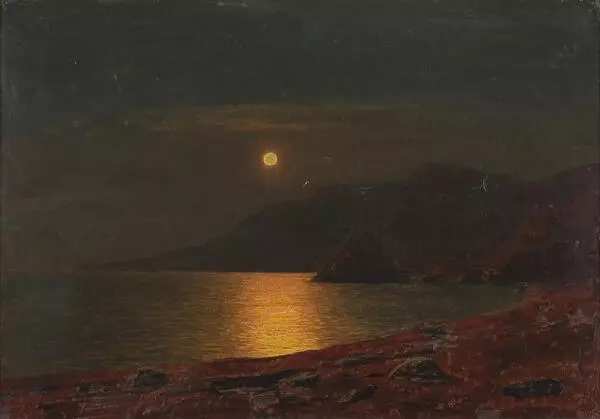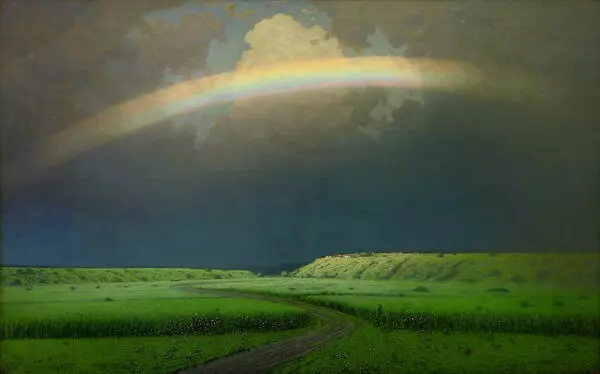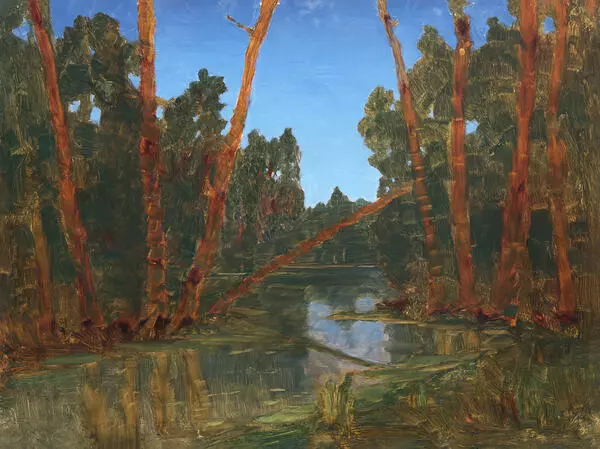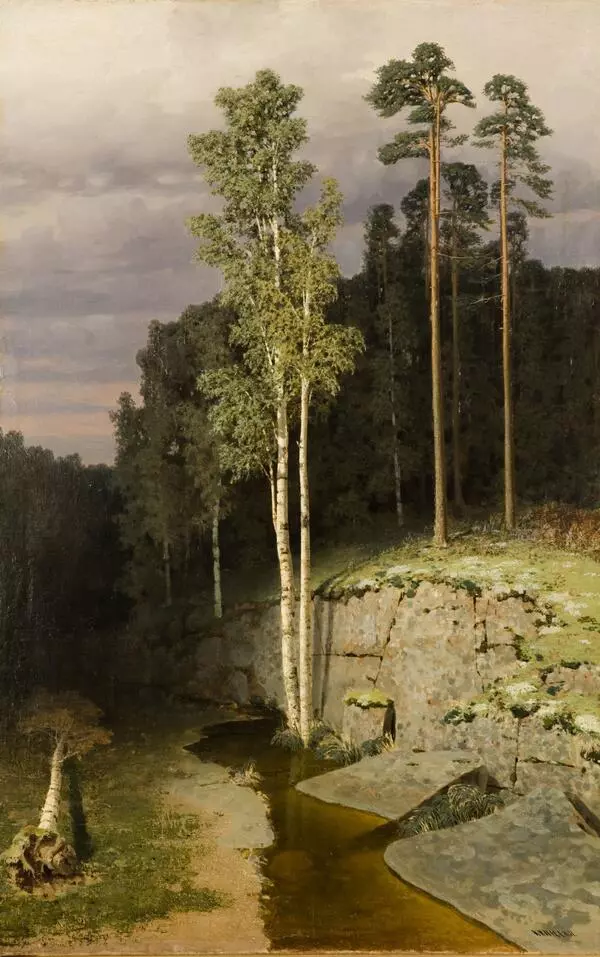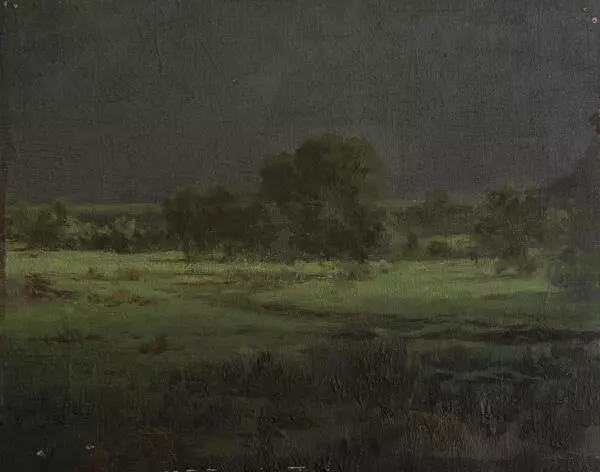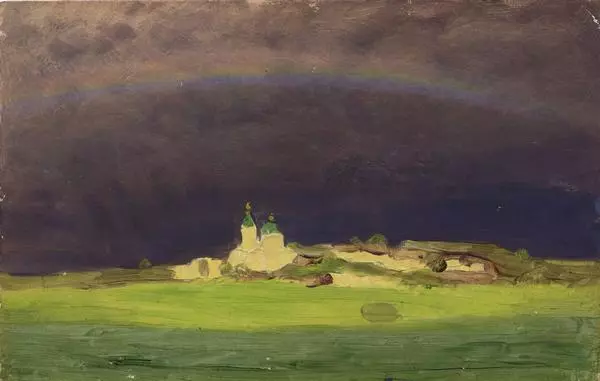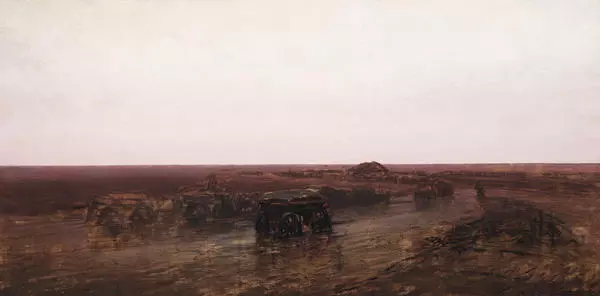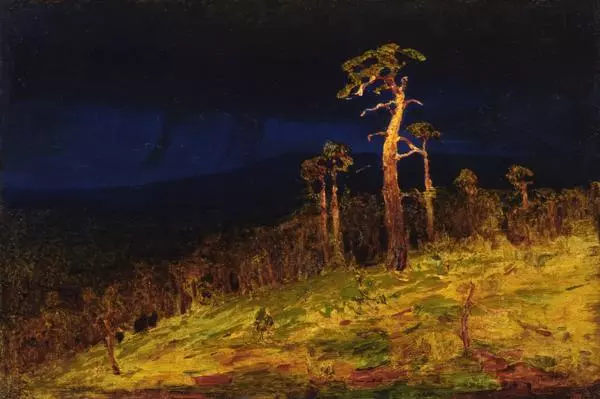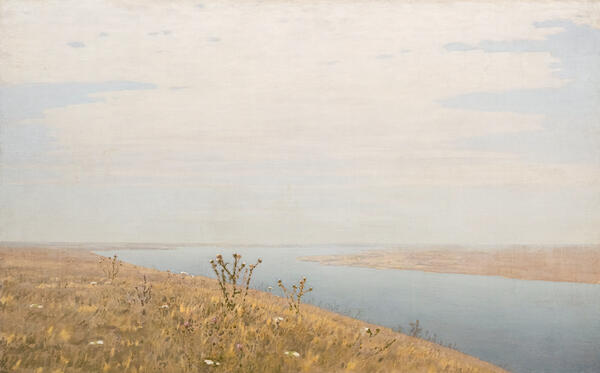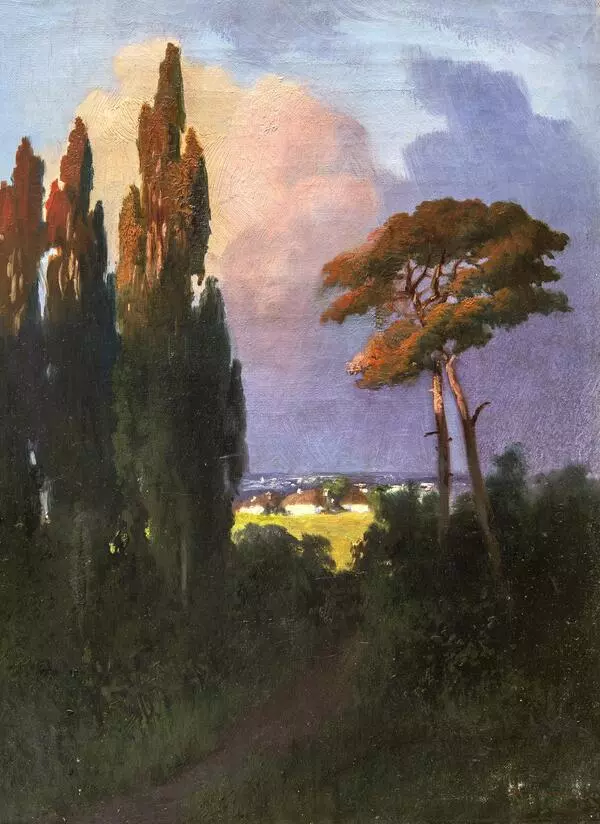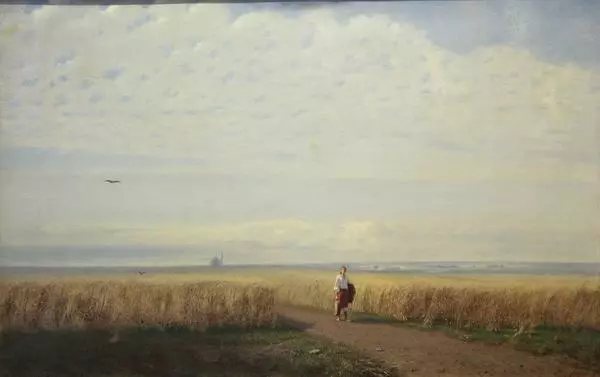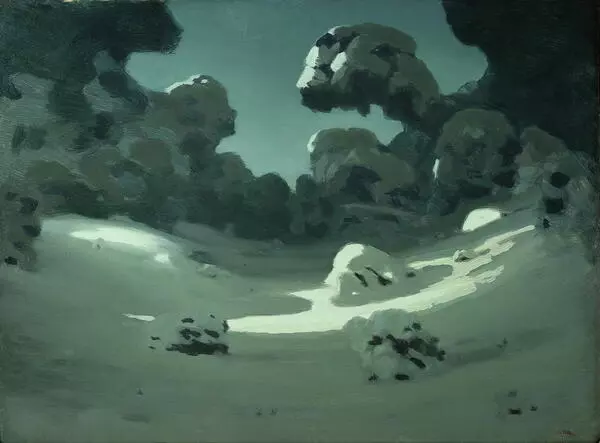Arkhip Kuindzhi was born in Mariupol, lost his parents early and was raised by relatives. At first he studied at home, and then began to attend the city school. According to the memories of his comrades, he didn’t study well, but was very fond of painting: he painted on any material — on scraps of paper and on the walls.
In 1855, Kuindzhi went to Feodosia to study at the General Art Studio of Aivazovsky. However, the master suggested Kuindzhi only to crush the paints and after 2 months the student returned to Mariupol, where he began to work as a retoucher for a local photographer.
In 1865, Kuindzhi went to Saint Petersburg, and five years later he became a listener at the Imperial Art Academy. At this time, he met with the artists of the Itinerant group, including I. Kramskoy and I. Repin.
Under the influence of the Itinerants in the 1870s, Kuindzhi’s work acquired a social-realistic orientation. But soon the artist departed from the ideas of Itinerant movement, and romantic overtones started appearing in his landscapes.
The artist experimented vastly with colors and composition. He developed a special decorative system: flattening the depicted objects to create the illusion of depth in space. In addition, the artist developed his own tonal system, which was based on the principle of complementary colors: they reinforce each other.
The artist, although not applying the classical techniques of the Impressionists, paid great attention to conveying various states of the light-air environment, using subtle combinations of colors and intermittent light strokes.
The work of the ‘wizard of light’ Arkhip Kuindzhi is closely connected with the Crimea. The landscape painter repeatedly visited Crimea, and in the 1880s he himself became the owner of land on the sunny coast. In the works of the Crimean cycle, the master continued his studies of color, light and the light-air environment in general. Kuindzhi devoted many sketches to the picturesque Crimean shores, masterfully conveying the changeability of capricious sea waves, the attractiveness of the majestic mountain slopes, and sunlight.
In the painting ‘The Seashore’ the artist depicted 4 elements of nature: earth — coast, air — sky, water — sea, and fire — the sun, the light of which floods the entire landscape. The central place of the canvas is occupied by a calm, clear, transparent sea. The sea and sky almost merge on the horizon. In the foreground, the artist depicted a part of the rock, turning into a high cliff. The viewer seems to be standing on the edge of a cliff, contemplating the immensity of space.
In 1909, on the initiative of Kuindzhi’s students and with his assistance, the Kuindzhi Society was created to help novice artists. In 1914, at a general meeting of members of the Society, a resolution was approved to donate the works of Arkhip Kuindzhi to twenty-two provincial museums. The list also included the Vasnetsov Brothers Art Museum. In Vyatka were handed over works of the master “The Seashore”, Coast of the sea’, ‘Winter. Spots of light on the roofs of the hut’ and ‘The Mountains. Morning. Crimea’.
In 1855, Kuindzhi went to Feodosia to study at the General Art Studio of Aivazovsky. However, the master suggested Kuindzhi only to crush the paints and after 2 months the student returned to Mariupol, where he began to work as a retoucher for a local photographer.
In 1865, Kuindzhi went to Saint Petersburg, and five years later he became a listener at the Imperial Art Academy. At this time, he met with the artists of the Itinerant group, including I. Kramskoy and I. Repin.
Under the influence of the Itinerants in the 1870s, Kuindzhi’s work acquired a social-realistic orientation. But soon the artist departed from the ideas of Itinerant movement, and romantic overtones started appearing in his landscapes.
The artist experimented vastly with colors and composition. He developed a special decorative system: flattening the depicted objects to create the illusion of depth in space. In addition, the artist developed his own tonal system, which was based on the principle of complementary colors: they reinforce each other.
The artist, although not applying the classical techniques of the Impressionists, paid great attention to conveying various states of the light-air environment, using subtle combinations of colors and intermittent light strokes.
The work of the ‘wizard of light’ Arkhip Kuindzhi is closely connected with the Crimea. The landscape painter repeatedly visited Crimea, and in the 1880s he himself became the owner of land on the sunny coast. In the works of the Crimean cycle, the master continued his studies of color, light and the light-air environment in general. Kuindzhi devoted many sketches to the picturesque Crimean shores, masterfully conveying the changeability of capricious sea waves, the attractiveness of the majestic mountain slopes, and sunlight.
In the painting ‘The Seashore’ the artist depicted 4 elements of nature: earth — coast, air — sky, water — sea, and fire — the sun, the light of which floods the entire landscape. The central place of the canvas is occupied by a calm, clear, transparent sea. The sea and sky almost merge on the horizon. In the foreground, the artist depicted a part of the rock, turning into a high cliff. The viewer seems to be standing on the edge of a cliff, contemplating the immensity of space.
In 1909, on the initiative of Kuindzhi’s students and with his assistance, the Kuindzhi Society was created to help novice artists. In 1914, at a general meeting of members of the Society, a resolution was approved to donate the works of Arkhip Kuindzhi to twenty-two provincial museums. The list also included the Vasnetsov Brothers Art Museum. In Vyatka were handed over works of the master “The Seashore”, Coast of the sea’, ‘Winter. Spots of light on the roofs of the hut’ and ‘The Mountains. Morning. Crimea’.

